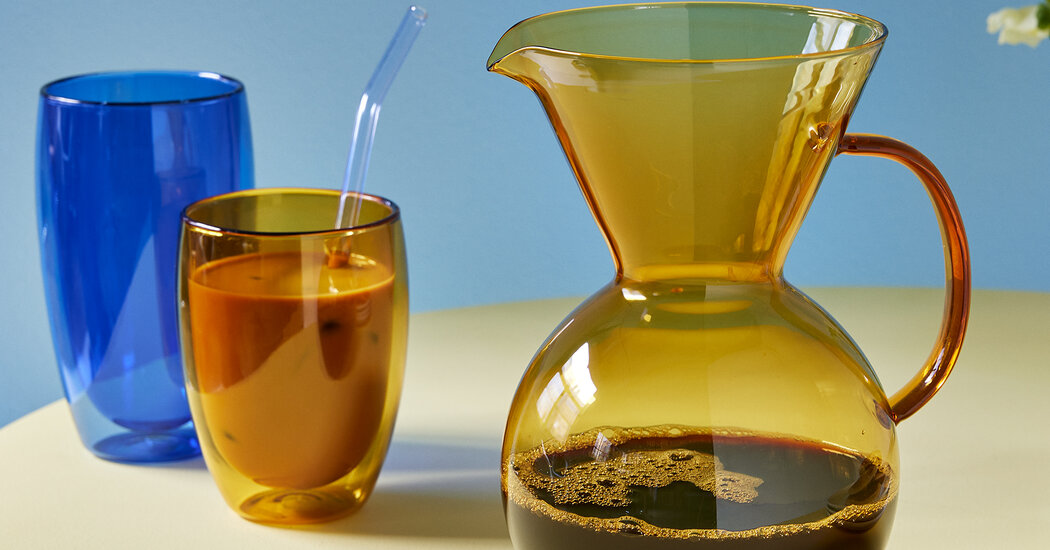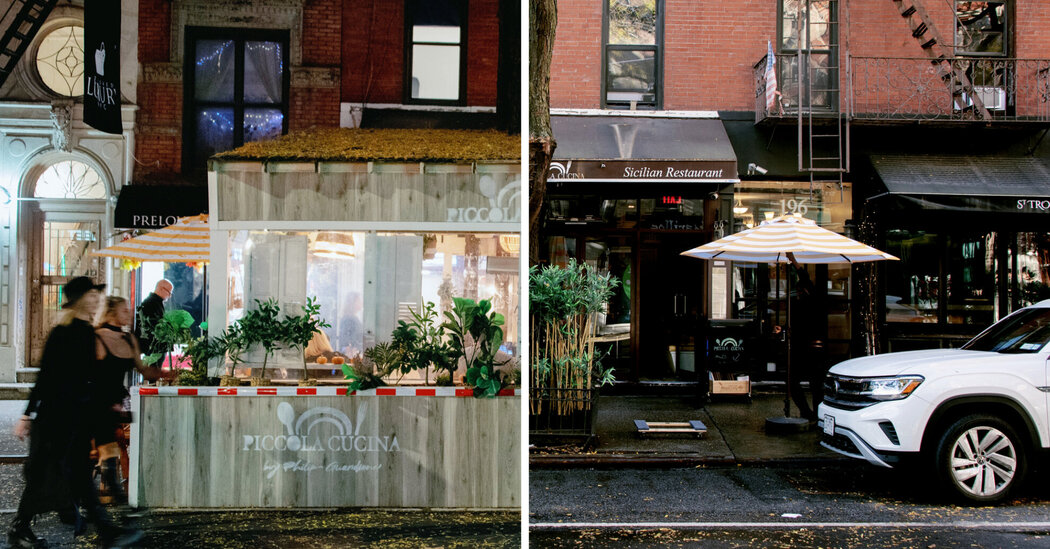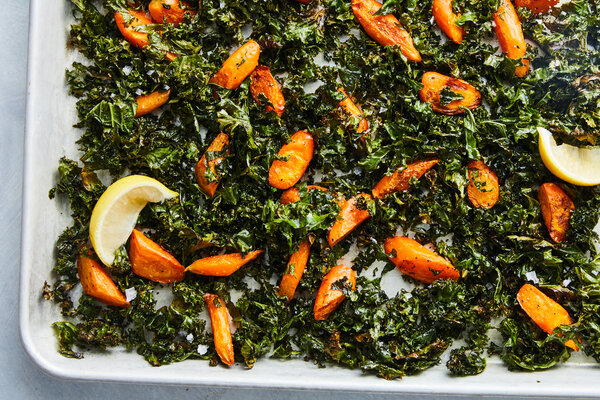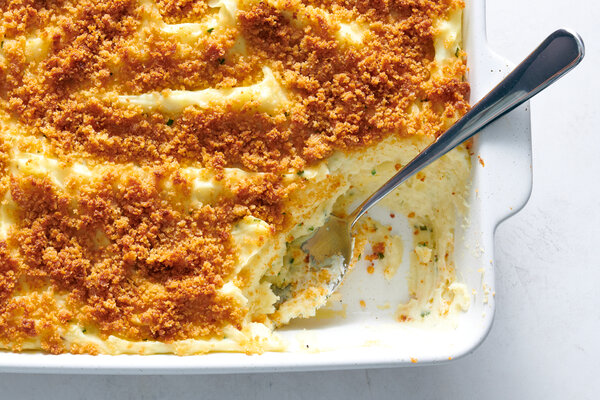A demonstration last week involving butchering half an heirloom pig, and showing how to use various parts, kicked off a series in the basement workshop and bakery at Leland Eating and Drinking House in Prospect Heights, Brooklyn. It was followed by a five-course tasting dinner in the wine cellar, starring pork. The restaurant, which does its own butchering as a matter of course, has scheduled subsequent classes monthly throughout the year, with the next one on Feb. 21, followed by March 13, both pork-centric. Later in the year there will be sessions about duck and fish. The classes and dinners, starting at 6 p.m., are $100 plus tax, tip and beverages.
Leland Eating and Drinking House, 755 Dean Street (Underhill Avenue), Prospect Heights, Brooklyn, lelandbrooklyn.com, resy.com. .
Peter Luger Beef for Sliders, Smashburgers and More
Grilling season is a long way off but there will be the Super Bowl on Feb. 11 — so it might pay to be ready with some burger material. Goldbelly, the online marketplace for restaurant specialties nationwide, has recently added the lunch-only burgers from Peter Luger Steak House, in Brooklyn, to its inventory. The burgers, a blend of prime dry-aged sirloin, tenderloin and chuck weigh in at eight ounces each; for a party you could reshape them and instead of the 18 servings in the package, have enough for dozens of sliders. Or you could heat the griddle and make 36 trendy, four-ounce smashburgers. The burgers, with two bottles of steak sauce, chocolates and a Peter Luger signature cooler, are shipped fresh with a one-week shelf-life before they have to be used or frozen.
Peter Luger Steak House USDA Prime Burgers Pack of 18, $179.95, goldbelly.com.
For decades, kitchenware by Bodum, the 80-year old company based in Switzerland, have been sold at the MoMA Design Store. Now, with Bodum Bistro Pop-Up, a wider range of wares has been added to the stores, which will be in place through April 1. Bodum has also entered into a licensing agreement with MoMA to expand its market to other stores. Equipment for making and serving coffee, glassware, chopping boards and trivets are some of the items in the shops in the museum, in Midtown, SoHo and online.
Bodum Bistro Pop-Up, store.moma.org.
Skip the Champagne Flute
When it comes to Champagne or other sparkling wines, the question is not just white or rosé — it’s also flute or coupe? Increasingly the nod is going to the old-fashioned coupe, something that pleases me because I treasure two sets of coupes long in the family. Williams-Sonoma offers more than a dozen of them, many vintage inspired, but most notably the new Modern Optic design, four for $79.95. On its online store, Libbey, the company that has been making glassware since 1818, claims that the coupe glass “long eclipsed by the Champagne flute … is making a comeback.” Experts like Aldo Sohm, the wine director of Le Bernardin, prefer to use regular wine glasses for sparklers, but he acknowledged that the coupe has become a fashion statement. Germán Calle, the manager of the Eli’s List wine shop, said he never liked the flute because it’s difficult to swirl the wine in it. “A coupe or a regular wine glass is better,” he said. The coupe is also more versatile than the flute since it can also be used for cocktails and to serve food like chocolate mousse or ceviche.
Champagne coupes, shop.libbey.com, williams-sonoma.com.
Eat Like It’s 1399
Roast peacock will not be among the recipes that will accompany a virtual lecture by the food historian Francine Sagan, “Peacocks & Pears: The Splendor of Medieval Feasts,” on Jan. 25, as part of the Roundtable series at the 92nd Street Y. But Ms. Sagan will discuss it and other culinary extravagances, like savory pies decorated with animal claws and fountains of spiced wine to which the kings and princes of that period treated guests in their crenelated strongholds, minstrel music on the playlist included. Recipes adapted for modern kitchens will be available online.
“Peacocks & Pears: The Splendor of Medieval Feasts,” Jan. 25, 6:30 to 7:30, $34 ($29 for members), Roundtable by 92NY, roundtable.org.
The best known of the hundreds of French cheeses might be Brie and Roquefort. But for French connoisseurs, especially chefs, the king of cheeses is Comté, a versatile Gruyère-style cheese that has been made for hundreds of years in the Jura mountains of Franche-Comté, a region in Eastern France snug against Lorraine and Switzerland. Now, for a just a few weeks, Murray’s Cheese has a supply of mature Comté that has been given an added six months of aging in its caves in Queens. The cheese is golden, firm but supple with a hint of crystalline crunch and an aroma at once nutty and herbal. The flavor is rich, buttery and slightly vegetal. Comté is made from Alpine cow’s milk according to strict regulations. Younger Comtés can top your soupe à l’oignon, or go into a grilled cheese or an exemplary mac and cheese. This one stands out with a glass of wine.
Comté Reserve, $38 a pound, murrayscheese.com.
Follow New York Times Cooking on Instagram, Facebook, YouTube, TikTok and Pinterest. Get regular updates from New York Times Cooking, with recipe suggestions, cooking tips and shopping advice.







